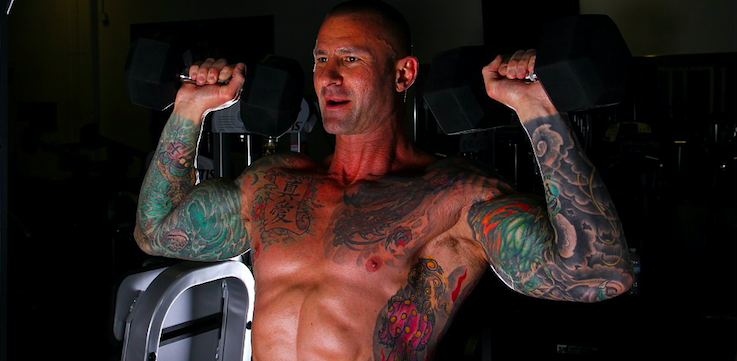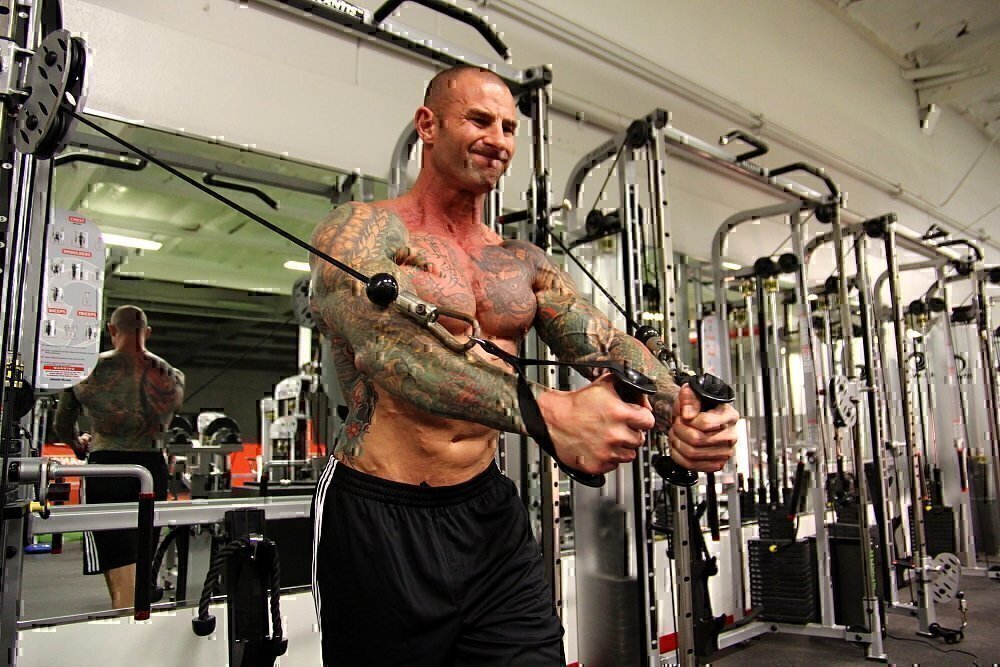SPONSORED
Those long runs you did in the military for PT served their purpose: They got you in great cardiovascular shape, enhanced your endurance and stamina, laid the foundation for a regular routine of demanding exercise, and helped you develop some much-needed grit.
But if you’re out of the military now, your goals and work schedule may be different. Maintaining an exercise routine is as important as ever, yet that morning PT run may very well have been replaced by a long commute to work and/or an early a.m. meeting. You still need to get your cardio in, but you don’t have time for a daily 60-minute (or even 30-minute) run.
No problem. There’s a more efficient – and effective – way to do your cardio that will deliver all the conditioning benefits you’re looking for while also burning more body fat than long-distance runs. It’s called high-intensity interval training, HIIT for short.
HIIT vs. Steady-State Cardio
Those long PT runs are a form of steady-state cardio, as is any activity (including walking, swimming, biking, or an Elliptical cardio machine) performed non-stop at a low intensity for an extended period of time.
HIIT is the exact opposite. It’s not continuous – meaning, you get to take rest periods throughout the cardio session – but the intensity is much higher than with steady-state. Think sprinting instead jogging, or a 400-meter dash versus a 5K.
With HIIT’s higher intensity comes greater efficiency. In way less time (typically anywhere from 5-20 minutes), you’ll reap all the cardiovascular benefits, and more, of a 30-60-minute steady-state session while also burning more body fat in the long run. And science proves it.
How HIIT Burns Fat
To many people, it seems counterintuitive that doing cardio for less time would burn more body fat. But if the intensity is high enough, that’s exactly what happens.
Research shows that HIIT increases resting metabolism. The higher your resting metabolism, the more calories you’ll burn throughout the day. It’s true that steady-state cardio typically burns more calories during the workout than HIIT, but we now know that HIIT is much more effective at increasing excess post-exercise oxygen consumption (EPOC). EPOC is also called “after burn,” meaning the body is burning more calories after the workout is over.
Think about it. Would you rather maximize calorie-burning for a 30-60-minute time frame, or in the other 23 hours during the day? You’ll end up burning way more calories in the latter case, so if fat loss is your primary goal for cardio, HIIT wins hands down.
In my Complete Cardio article on JimStoppani.com, I get into more depth on the science behind HIIT and also provide scientific references to back up all of this information. So check that article out for more on the subject.
Intensity is Key
For all this after-hours calorie-burning to take place, you need to make sure your intensity is as high as possible (hence, “high” intensity interval training). For example, if you’re going to be doing 30-second “work” intervals on the treadmill with 30 seconds rest between each interval, those work intervals need to be faster than just a jog.
That said, stay safe. If you haven’t run in a while, you may not want to start with all-out sprints. The last thing you want to do is get injured. If needed, choose a lower-impact activity like biking or an Ellipitical machine.
How to do HIIT
There are many different ways to do HIIT cardio. Generally speaking, there are three factors involved in putting together a HIIT workout: (1) what activity you’re going to do, (2) how long your high-intensity “work” intervals and rest periods are going to be, and (3) how many intervals you’re going to do.
Activity
You can choose pretty much any activity you want for HIIT. Traditional aerobic exercises work well for HIIT cardio, including running, swimming, jumping rope, any cardio machine, cycling, etc. But calisthenics like burpees, jumping jacks, mountain-climbers, and box/bench step-ups are great, too. I even use lifting exercises in what I call Power HIIT, though that’s a little more advanced.
Work/Rest Ratios
As for work and rest intervals (aka, “on” and “off”), again, the possibilities are endless. But some very common workouts include 1:4, 1:2, 1:1, and 2:1 work-to-rest ratios.
For example, if the work/rest ratio is 1:4 and your work interval lasts 30 seconds, your rest periods would be 2 minutes. If the ratio is 1:1, you would alternate between 1 minute on (high intensity) and 1 minute off (rest), or 30 seconds on and 30 seconds off, etc.
The ratio you choose will depend on your fitness level as well as the activity. For high-impact activities like running/sprinting, you’ll probably want the rest intervals to be longer than the work intervals. However, lower impact exercises like biking or swimming can accommodate equal work and rest periods (1:1), or even more work than rest (2:1).
Number of Intervals
Once you’ve decided what your work/rest ratio will be, you’ll need to determine how many intervals you’re going to do; in other words, how long is the workout going to last? This will largely depend on how much time you have to train and your current fitness level. If you’re a beginner at HIIT, start off easy. As few as four or five rounds could be sufficient at first, even if that only takes 8 or 10 minutes.
Don’t worry so much about total duration of the workout; focus more on intensity. The higher the intensity, the less time it will take to get a great cardio workout. There’s even a well-known HIIT routine called Tabata that only takes 4 minutes (20 seconds on, 10 seconds off, 8 times through) that will wipe you out because the intensity is so high.
Generally speaking, most HIIT workouts should probably take you 20 minutes or less, so keep that in mind when you’re deciding how many intervals to do.
When and How Often to do HIIT
HIIT can be done either on its own as a separate workout or at the end of a lifting workout. (Or, it can be done within a lifting workout – a technique I call cardioacceleration – but that’s a whole other article!)
As for how often, HIIT can be done up to 5-6 times a week, but that volume should be reserved for highly advanced, in-shape individuals. If you’re new to HIIT, start with 1-3 HIIT workouts per week and work your way up from there.
HIIT Workouts
On JimStoppani.com, I offer a number of different HIIT workouts you can do. A good place to start is my Beginner-to-Advanced HIIT program in my Complete Cardio article.
Last thing (for now) on cardio: I’m not telling you to never go for long runs again. If you like steady-state cardio, feel free to keep doing it. As far as I’m concerned, all exercise serves a purpose. But if you’re looking to get as lean as possible with your cardio workouts, HIIT can’t be beat!
MORE FITNESS CONTENT: HOW TO FIND THE RIGHT FITNESS ROUTINE






